Paraguay a lost paradise and a land of opportunities
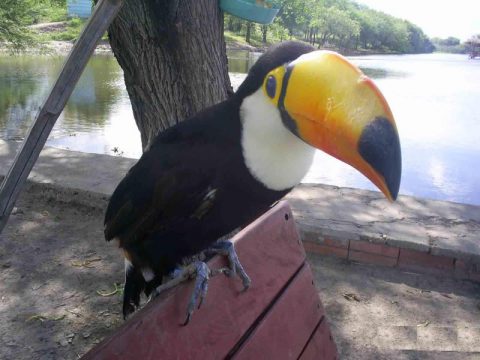
Paraguay is unlike any other country.
It is a magnificent country to discover, easy to live with an extraordinarily rich flora and fauna, as well as its history.
When you arrive in Paraguay you will have the feeling of being in a quite different country and yet so close. Discover this small democratic, free and sovereign, mainly rural country, located in the heart of South America, made up of large agricultural and livestock properties. You will appreciate its gentle way of life, the kindness of its people, its endless expanses and this special atmosphere. Discover the estancias, large meadows, fields, forests, palm groves, rivers, lakes, which form the landscape of Paraguay.
Una isla rodeada de tierra en el corazón del continente.
An island surrounded by land in the heart of the continent.
Augusto Roa Bastos
Some information about Paraguay
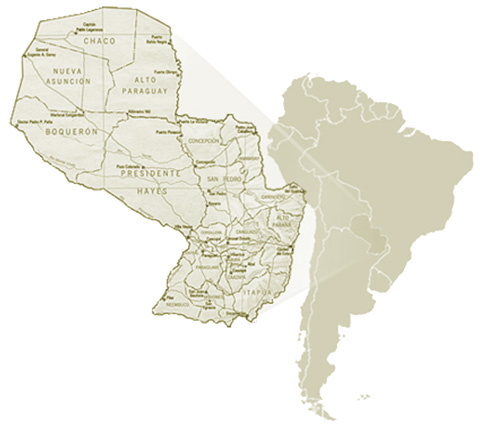
Geographic location
Paraguay, with its 406,752 km², is located in the heart of South America, between the latitudes 19°29′ and 27°57′ and the 54°27′ and 62°64′ longitudes. The Tropic of Capricorn crosses its central part.
It shares its borders with Bolivia to the north, Brazil to the east, and Argentina to the south and southwest.
Paraguay is divided into 17 departments: Alto Paraguay, Alto Paraná, Amambay, Boquerón, Caaguazú, Caazapá, Canindeyú, Central, Concepción, Cordillera, Guairá, Itapúa, Misiones, Ñeembucú, Paraguarí, Presidente Hayes and San Pedro.
Weather
It is a tropical climate with an average temperature of 21° to 38° Celsius.

Eastern Region
It represents 39% of the national territory, with an extension of 159,827 km².
The altitude varies between 50 and 750 meters. Its climate is mild and pleasant. Its flora-rich forests produce wood for various industries. The region is crisscrossed by many rivers and streams, is rich in groundwater and located between the rivers Paraguay and Paraná, benefiting thereby from natural irrigation suitable for agriculture and livestock. The fertility of its soil generates the greatest Paraguayan production.
Eastern region also concentrates 98% of the population and 14 departments of the country’s 17 and includes the capital Asunción.
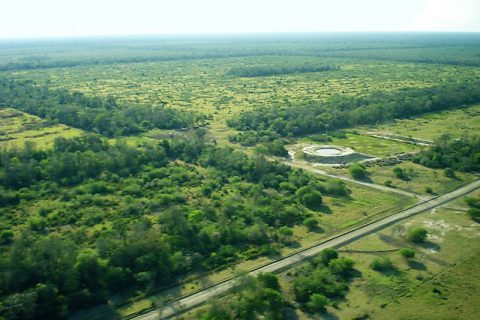
The Western Region
More commonly called Chaco paraguayo
, covers 61% of the territory with it’s 246,925 km².
The altitude ranges from 91 m to 390 m above the sea.
The Chaco paraguayo is sparsely populated, with less than one inhabitant per km² and is divided into three parts:
- The Alto Paraguay, bordered by the Rio Paraguay, wooded region with hardwoods like Palo Santo, Palo Trebol, various species of Quebracho as well as palm trees.
- The Boquerón is a dry, sandy plain with some marshy areas and vegetation of cacti and thorny shrubs.
- Bas Chaco is partly bordered by the Rio Pilcomayo, with large marshes and palm groves. It is a wetter region, with flood zones during the rainy season.
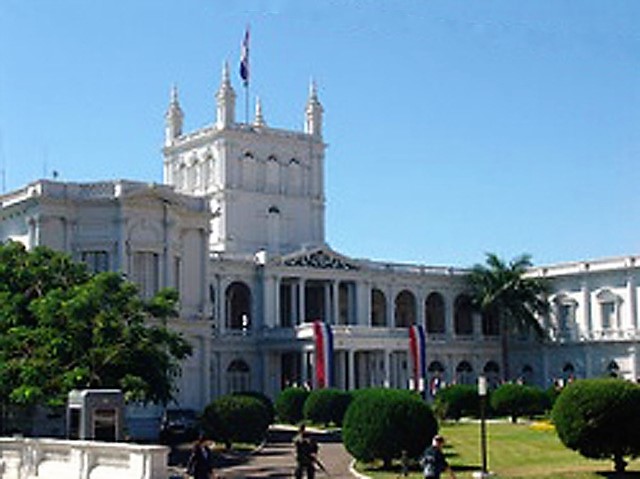
Government
The Republic of Paraguay is a participatory and pluralistic democratic state, guaranteed by Article 1 of the Constitution.
The state is composed of the executive, the legislature and the judiciary. The President of the Republic takes office for a period of 5 years.

Population
Paraguay’s current population is about 7.2 million, which is a density of 17.8 people per km².
It is a population with an original mix of indigenous Guarani and Europeans. The Mennonites, who came from Europe in the 1920s, now occupy an important place in the national economy.
Language
Paraguay’s two official languages are Spanish and Guarani. In Asunción people speak mainly Spanish, but in the countryside, Guarani is more widespread. One will also often hear a mixture of Spanish and Guarani, “Jopara”, which means “mixture” in Guarani.
The Guarani language was, according to a Spanish priest, one of the richest and most elegant on earth and served as a “lingua franca” to the whole region.
Religion
Paraguayans are predominantly Catholic and religious holidays are particularly important. Religion is very present, both in popular and family celebrations, as well as in everyday life.
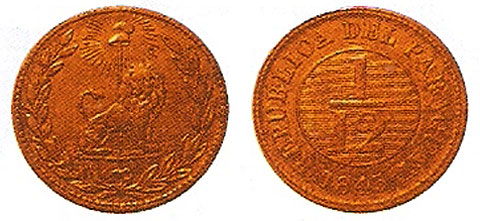
Currency
The national currency is the Guarani.
It is the oldest and most stable currency in Latin America. Guarani has never been devalued, unlike the currencies of the countries of the region. Similarly, Paraguay is, in monetary terms, the most stable country in Latin America, with the lowest inflation in the last 50 years.
Paraguay has international monetary reserves equivalent to 29% of its GDP. The free movement of capital is total. Paraguay enjoys great freedom of operation in any currency.
The opening of a bank account is free in any currency. One might say that Paraguay has two currencies, the Guarani but also the US Dollar.
And a brief view of Paraguay history
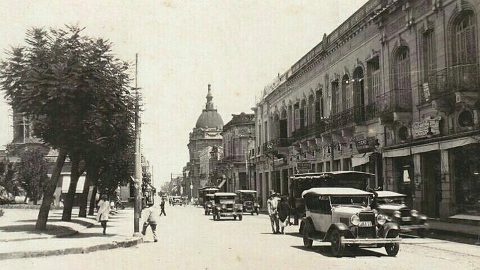
The history is of particular interest for the knowledge of Paraguay and the Paraguayan people.
Paraguay was discovered by Alejo Garcia and Sebastian Gaboto in 1524.
The city of Asuncion was founded on August 15, 1537 by Juan de Salazar y Espinosa and consolidated by Juan de Ayolas.
Followed a long history of colonialism, until 1811, the year of its independence.
There are several eras:
- The pre-Columbian period
- Colonial era in the 16th century
- Independence in 1811
- The War of the Triple Alliance 1865-1870
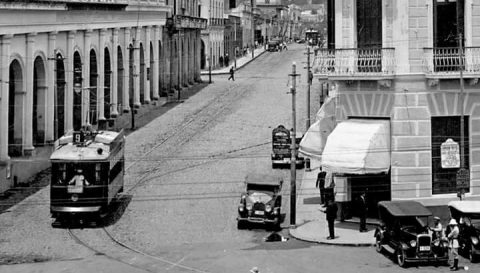
The 20th century saw:
- 1932 – 1935 the Chaco War
- 1954 The arrival within power of General Stroessner through a coup d’etat
- 1989 General Andres Rodriguez overthrows the ruling power, ends the dictatorship, organizes elections, and becomes president of Paraguay on February 3th
- 1993 The election of Juan Carlos Wasmosy
- 1998 Raúl Cubas Grau until 28 March 1999, when he was forced to resign
- 1999 Luis Gonzalez Macchi, as President of the Senate inherits the presidency of the Republic of Paraguay to enter
the 21st century:
- 2003 Dr. Nicanor Duarte Frutos is elected
- 2008 saw a former bishop, Fernando Lugo, become president till June 22 of 2012, when he was removed from office by a political judgment, in accordance with article 225 of the Constitution of Paraguay.
- 2012 in accordance with the constitution the vice-president, Dr. Frederico Franco, served as head of state until the next presidential elections
- 2013 on April 21, Paraguayan voters elected a dynamic entrepreneur, Horacio Cartes, president of the republic
- In 2018 President Mario Abdo Benitez, took office, on August 15, for five years.
For a more in-depth knowledge of Paraguay’s history visited History of Paraguay on Wikipedia.
